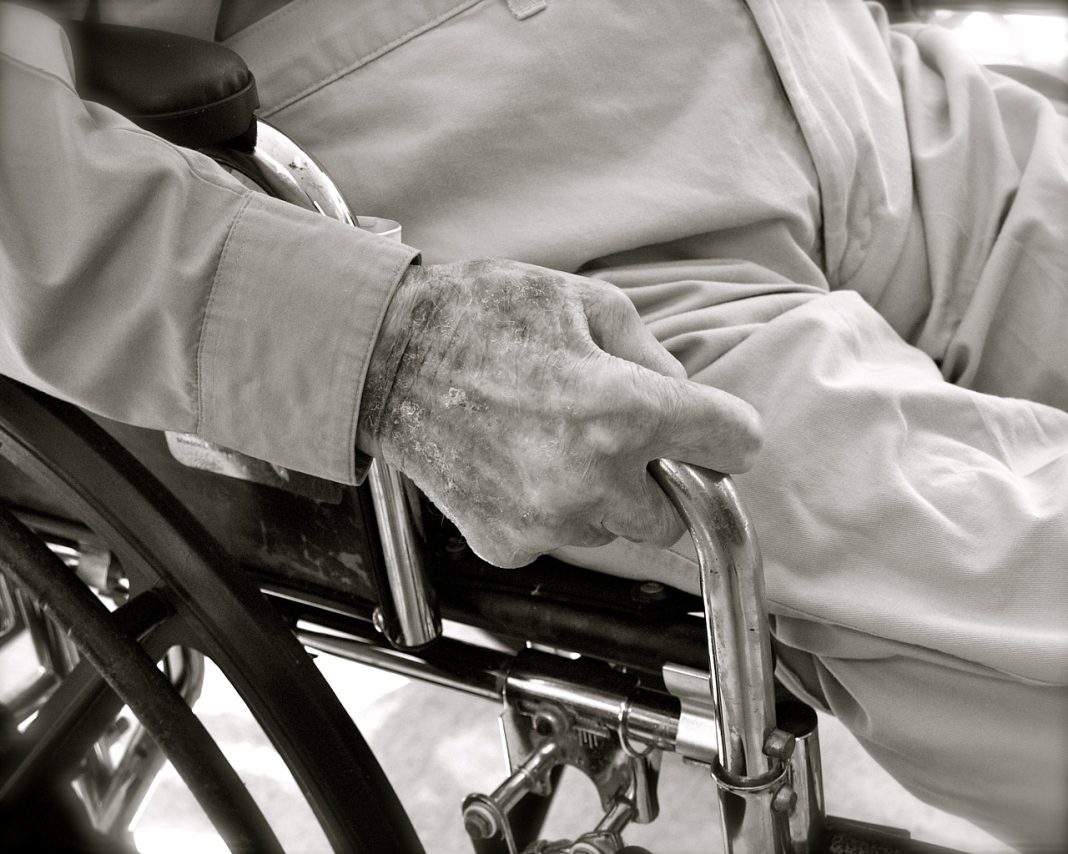
Complex Regional Pain Syndrome (CRPS) is a chronic condition characterized by severe and debilitating pain, often accompanied by swelling, changes in skin color and temperature, and limited mobility. Coping with CRPS can be a challenging and overwhelming experience, both physically and emotionally. In this article, we will share a personal journey of one individual’s experience with chronic CRPS, including their struggles, coping strategies, and lessons learned along the way. Through their story, we hope to provide insight and support to those who are also living with this condition.
1. Introduction: Living with Chronic CRPS
Chronic Complex Regional Pain Syndrome (CRPS) is a debilitating condition that affects the nervous system, causing severe pain and discomfort. This condition can be caused by an injury or trauma to a limb or body part, and it can progress rapidly, making it difficult for patients to carry out their daily activities. Living with chronic CRPS can be challenging, and patients often experience a range of physical and emotional symptoms that can impact their quality of life.
Some of the common symptoms of chronic CRPS include intense pain, swelling, stiffness, and sensitivity to touch. Patients may also experience changes in skin color and texture, muscle weakness, and difficulty moving the affected limb or body part. The emotional impact of chronic CRPS can be significant, with many patients experiencing depression, anxiety, and social isolation. However, with proper management and support, patients can learn to manage their symptoms and improve their quality of life. In the following sections, we will explore some of the strategies and resources available to help patients living with chronic CRPS.
2. Understanding the Challenges of Chronic CRPS
Chronic CRPS, also known as Complex Regional Pain Syndrome, is a rare and chronic condition that affects the nervous system. It is characterized by severe and constant pain, swelling, and changes in skin color and temperature in the affected area. The condition can occur after an injury, surgery, or even without any apparent cause. is crucial for healthcare providers and patients alike, as it can help in managing the symptoms and improving the quality of life.
Some of the challenges of chronic CRPS include:
- Difficulty in diagnosing the condition due to its rareness and overlapping symptoms with other conditions
- Severe and constant pain that can be debilitating and affect daily activities
- Changes in skin color and temperature that can lead to skin breakdown and infections
- Muscle weakness, stiffness, and spasms that can affect mobility and lead to contractures
- Emotional and psychological impact, such as depression, anxiety, and social isolation
Managing chronic CRPS requires a multidisciplinary approach that involves pain management, physical therapy, occupational therapy, and psychological support. Medications, such as analgesics, anti-inflammatory drugs, and nerve blocks, can help in reducing pain and inflammation. Physical therapy and occupational therapy can help in improving mobility, strength, and function. Psychological support can help in coping with the emotional and psychological impact of the condition. Overall, is essential for providing effective and comprehensive care for patients with this condition.
3. Coping Strategies for Managing Chronic CRPS Symptoms
Living with Complex Regional Pain Syndrome (CRPS) can be challenging, but there are ways to manage the symptoms and improve your quality of life. Here are some coping strategies that may help:
- Exercise: Even though it may be painful, gentle exercise can help to improve circulation, reduce stiffness, and increase mobility. Consult with your doctor or physical therapist to develop an exercise plan that is suitable for your condition.
- Relaxation techniques: Stress can worsen the symptoms of CRPS. Practicing relaxation techniques such as deep breathing, meditation, or yoga can help to reduce stress and promote relaxation.
- Pain management: There are various pain management techniques that can help to alleviate CRPS symptoms. These include medication, nerve blocks, and spinal cord stimulation. Talk to your doctor about the best options for your specific case.
- Support groups: Joining a support group can provide you with a sense of community and help you to connect with others who are going through similar experiences. This can be a valuable source of emotional support and practical advice.
It is important to remember that coping with chronic CRPS symptoms is a process that may require patience and persistence. Finding the right combination of coping strategies may take time, but with the help of your doctor and support network, it is possible to manage the symptoms and improve your quality of life. In conclusion, coping with chronic CRPS can be a difficult and challenging journey. However, with the right mindset, support system, and treatment plan, it is possible to manage the symptoms and improve quality of life. It is important to remember that every individual’s experience with CRPS is unique and what works for one person may not work for another. It is crucial to work closely with healthcare professionals and to prioritize self-care practices. By staying informed, seeking help when needed, and taking control of one’s own health, individuals with CRPS can find ways to cope and thrive despite the challenges they face.








